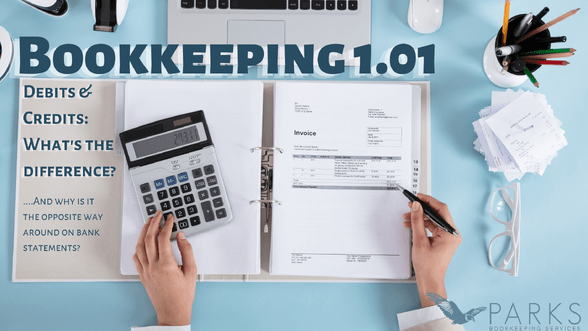Dr & Cr or Debits and Credits what do they mean in the bookkeeping world?
In short, the debits are what you pay out of the business for example, wages, supplies, bills, rent, rates etc. whereas credits are what you have come into the business such as sales, services provided, tax rebates, PAYE credits for Maternity/sickness etc.
However, things do start to become a bit more complex when you add in control accounts. You see the whole principle behind bookkeeping is about balance (not of the tightrope or drunken variety.) Double entry bookkeeping, in a nutshell, means that whichever account you debit something into there must be a credit in another account to balance it. So for example you pay an accountants bill for £200 that money has come out of your bank account and gone out to the accounting company by way of a credit to the Accounting/Audit account and if you and they are VAT registered the 20% goes as a credit to the VAT account and the other 80% as a credit to the Accounting/Audit account.)
And, as to why it’s written the other way around on bank statements? Well, it’s simple really. You are the customer to the bank so if you are paying money into your account, it will be a debit to them and a credit to your account. Whereas, taking money out or paying for a bill or service out of your account is their credit and your debit. Think about them as the main business that you are a customer to, then compare it to how you need to deal with your customers in an accounting perspective. Also, of course, your money in their hands is their liability to make sure they can always pay you back or pay your bills on demand. Therefore, your positive balance, although a debit in your account, is a credit in theirs because they effectively need to make sure that you can have your money when you need it.
Ian Allen.
August 2021.

